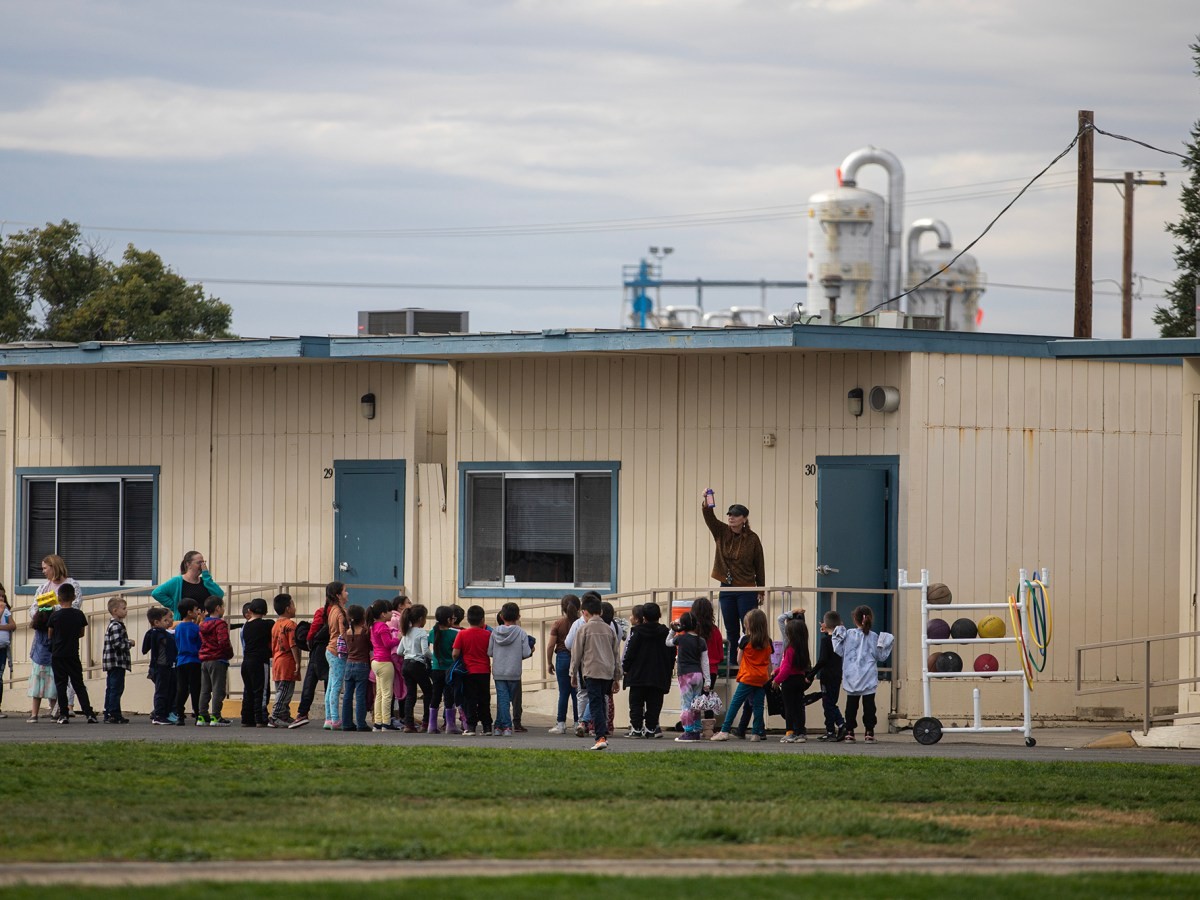
California's public school system faces an unprecedented challenge as student enrollment continues to plummet, forcing difficult decisions about campus closures across the state. Over the past two decades, public school enrollment has dropped by 461,000 students – a 7% decline that shows no signs of slowing down.
The California Department of Finance projects enrollment will fall even further over the next decade, potentially reaching just over 5 million students. This represents nearly a 20% drop from peak enrollment in the early 2000s.
Major urban districts have been hit especially hard. Cities like San Francisco, Oakland, Los Angeles, San Jose and San Diego have seen steep enrollment declines, driven by high living costs pushing families to more affordable areas. In San Francisco, the situation is particularly acute, with about 40% of children attending private schools compared to the 9% state average.
The financial implications are severe. Since California funds schools based on attendance, fewer students means less money. While pandemic relief grants provided temporary relief, those funds expire this year. Although Governor Newsom protected education funding in the current budget, future cuts may be inevitable given economic uncertainty.
Districts across the state are now grappling with how to handle necessary campus closures. In Sonoma Valley, the school board is moving toward closing Adele Harrison Middle School and consolidating students at another campus. Meanwhile, in Petaluma, declining enrollment is driving the merger of Valley Vista Elementary with Live Oak Charter School.
These closures, while financially necessary, often face strong community opposition. When San Francisco Unified recently proposed school closures, parent protests successfully halted the plan. However, some education experts argue that managed consolidation may be preferable to the alternative – state takeover of financially unstable districts, which can last a decade and strip local control.
The challenge lies in finding ways to close schools that minimize disruption to students and communities while maintaining educational quality. Districts must balance fiscal responsibility with community needs, all while navigating intense emotions and competing interests.
As California's student population continues to shrink, these difficult conversations about school closures will likely become more common across the state. The key question remains: How can districts manage this painful but necessary process in a way that best serves their remaining students while treating affected communities with respect and transparency?